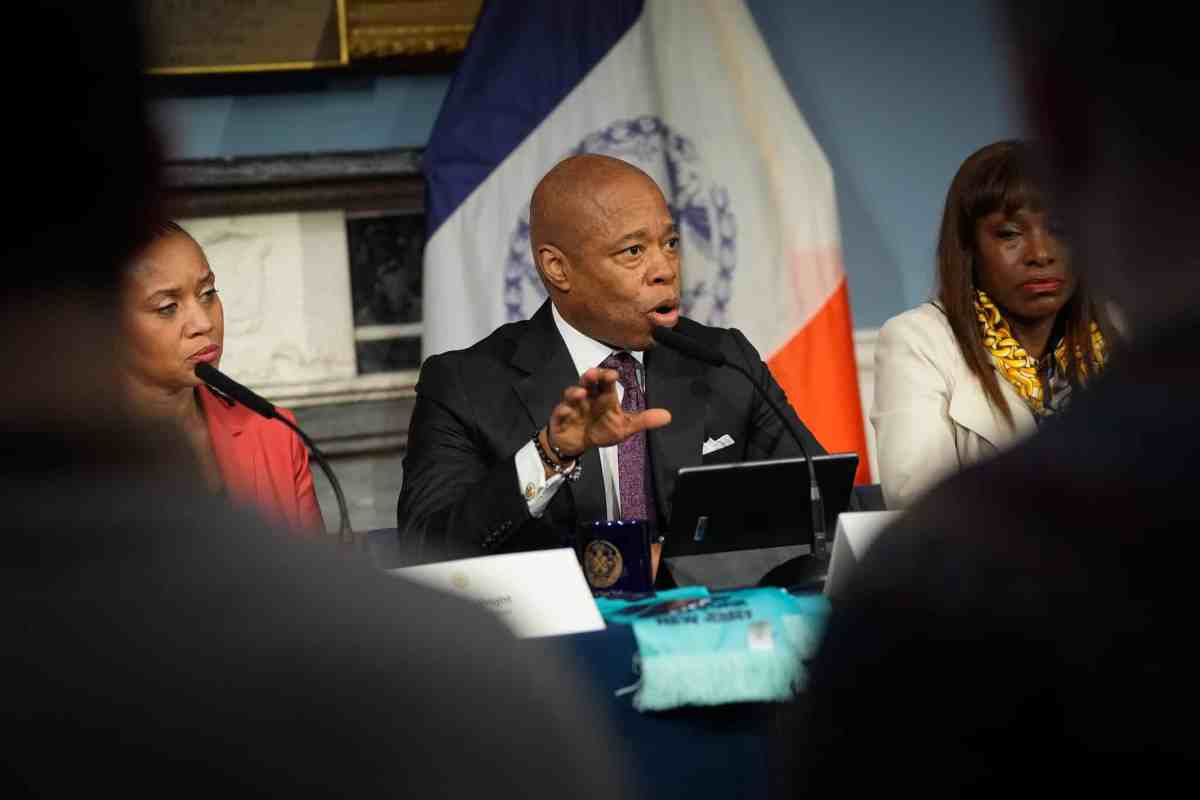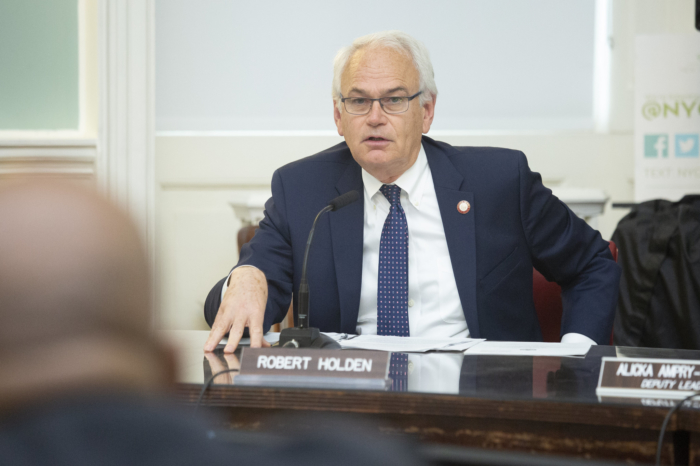Queens has been on the front lines of an urban experiment: empowering residents to decide how to spend $1 million in taxpayer money on projects within their City Council districts.
The citizen budgeting exercise, which has engendered great enthusiasm in some parts of the borough, has yielded mixed results.
The TimesLedger Newspapers examined the fate of projects voted on by members of Councilman Erich Ulrich’s district, which covers Ozone Park and other sections of southern Queens.
Ulrich was the first to introduce so-called participatory budgeting in Queens back in 2011 and drew many volunteers intent on developing projects for their communities. Fired-up residents attended workshops, formed committees and campaigned for their best ideas before voting on what would become the top projects for their districts.
Our analysis found that of 35 projects in Ulrich’s district, only seven have been completed since 2012. Out of the remaining 28 projects, two are underway and the rest are in earlier stages.
Ulrich’s office has done its best to move these projects through the system, but democratic bookkeeping has run headlong into the city bureaucracy.
One of the biggest roadblocks has been the veto power of the city agencies, which vet the winning projects and give cost estimates.
The Rockaway Point Volunteer Fire Department felt the sting of rejection firsthand. The former chief won his campaign for emergency pagers, a new refilling system and oxygen tanks, which were found ineligible by the city because the volunteer department did not have a full-time employee.
The citizen budgeters and Ulrich’s office discovered that some prized proposals were denied—even after the money was supposedly allocated—because they were considered a “non-city capital project” subject to a host of regulations. Some city agencies turned down ideas without explanation, which should be required. Lost in translation between the city and the council district was the fine print governing eligibility requirements. Ulrich’s office now has an extensive handbook on the process.
Ten of Queens’ 14 council districts will have adopted the program in 2016, but so far only 23 percent of the borough’s projects have come to fruition since 2012.
Ulrich deserves credit for bringing citizen budgeting to Queens. But for all his pioneering efforts, he and his fellow Council members should be given clear guidelines from the city so that elected officials and volunteers alike don’t lose interest in drawing up innovative plans for their communities.

































